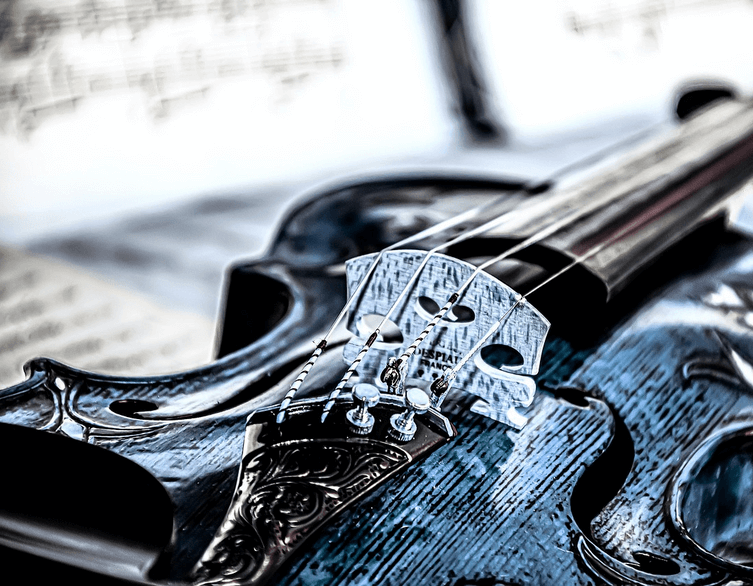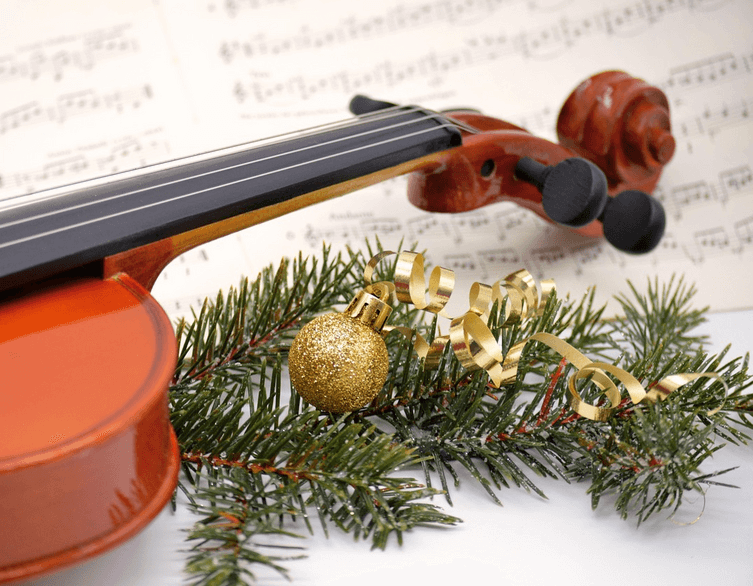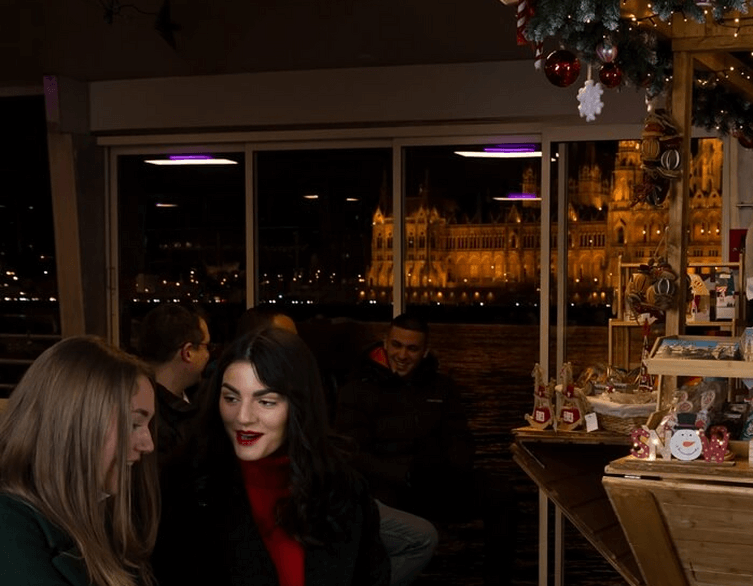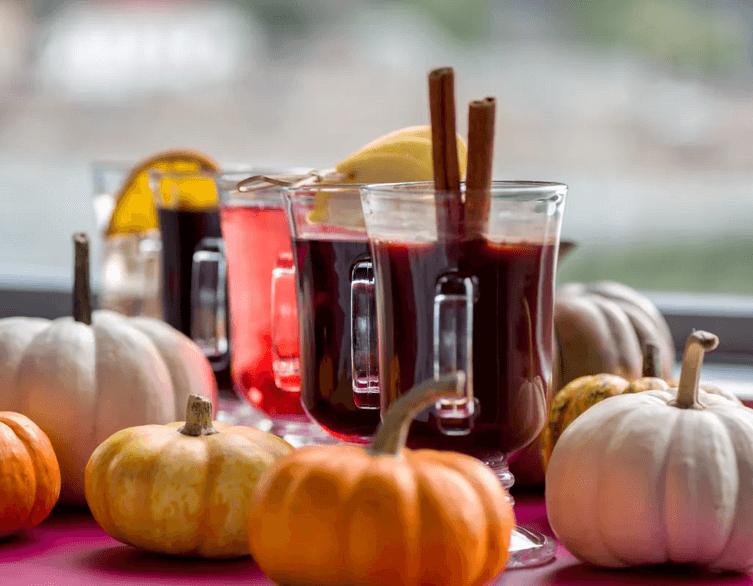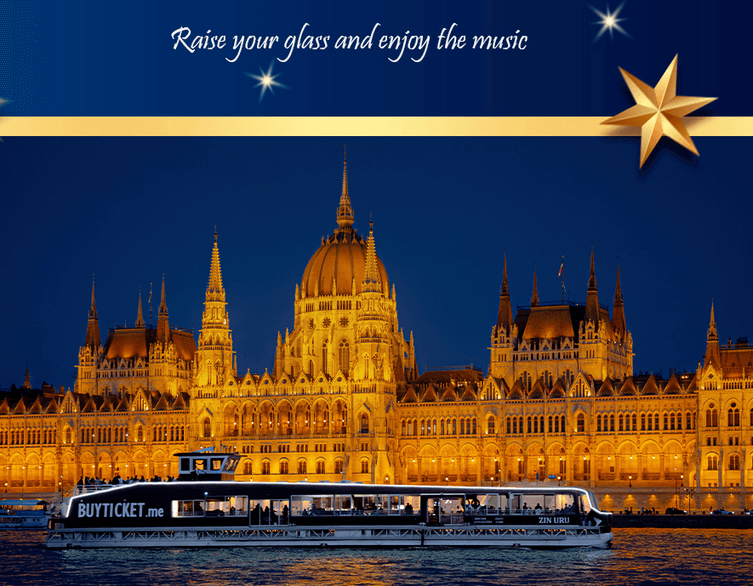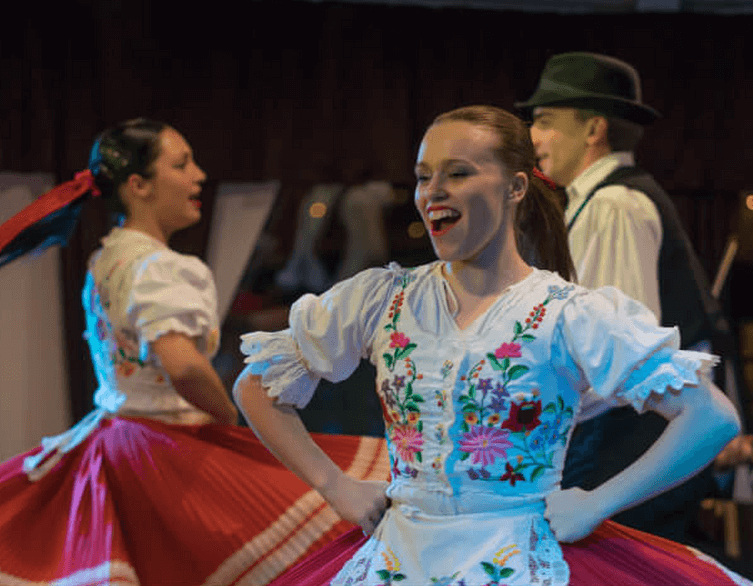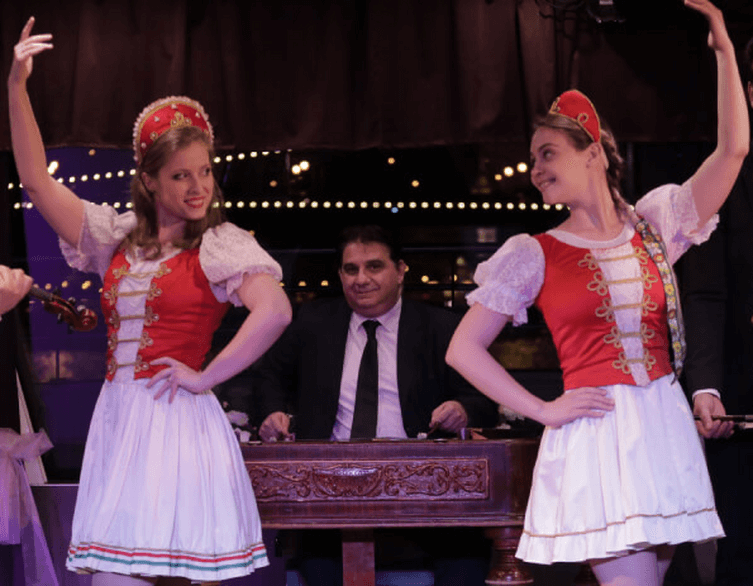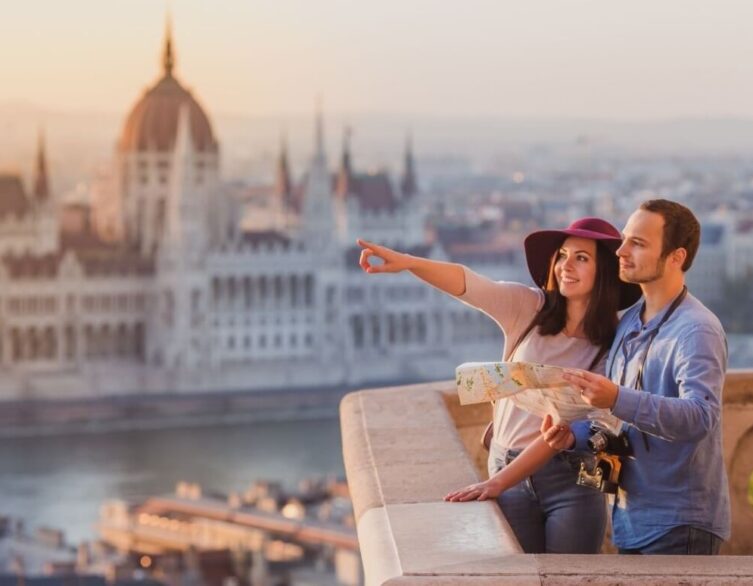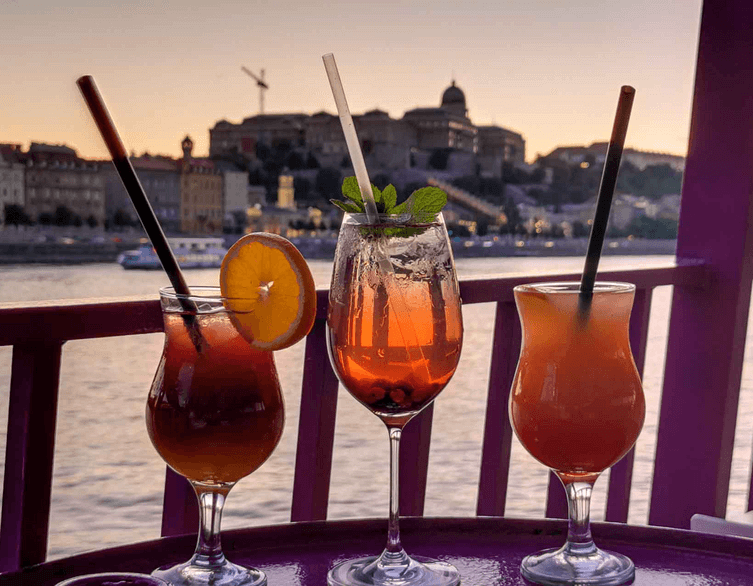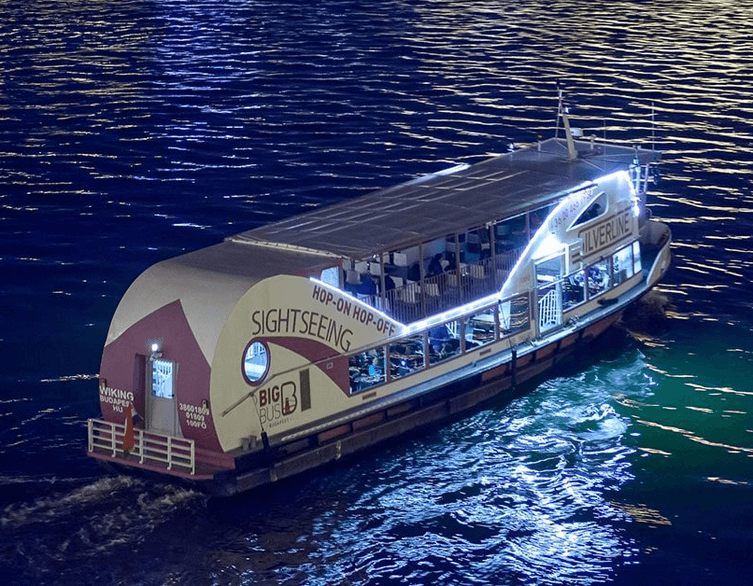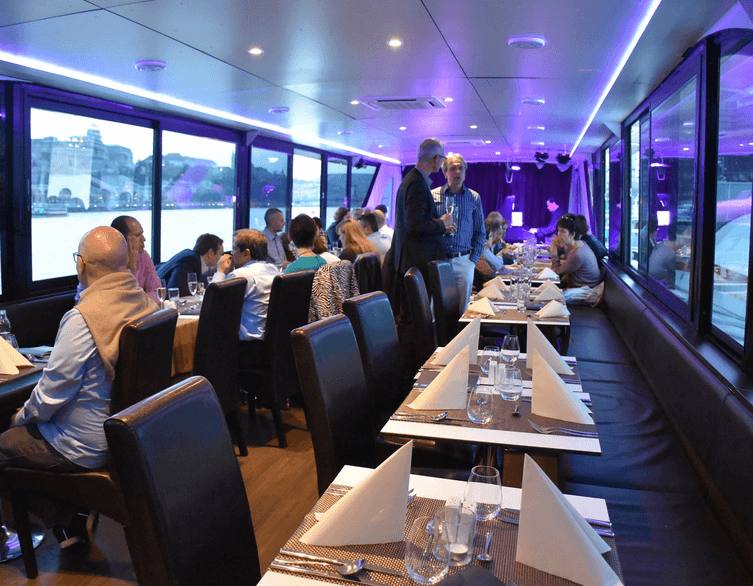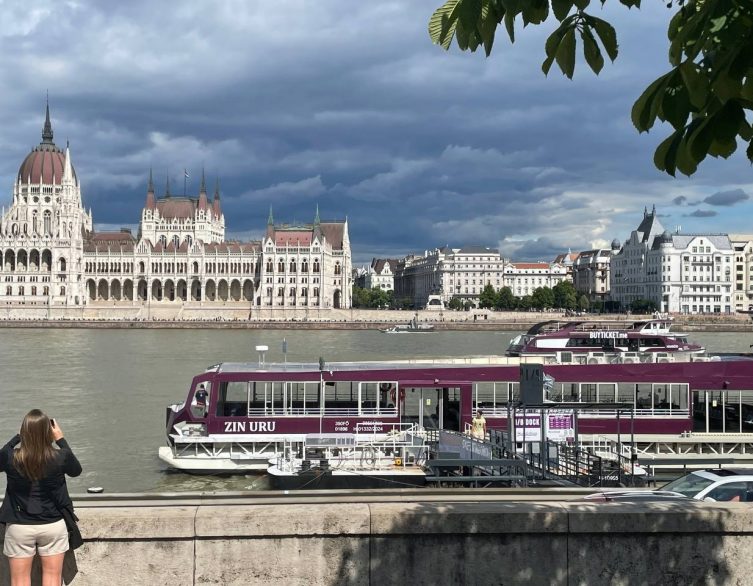Hungary and Serbia Unite for an Epic Cultural Adventure: What This Means for Your Budapest Experience
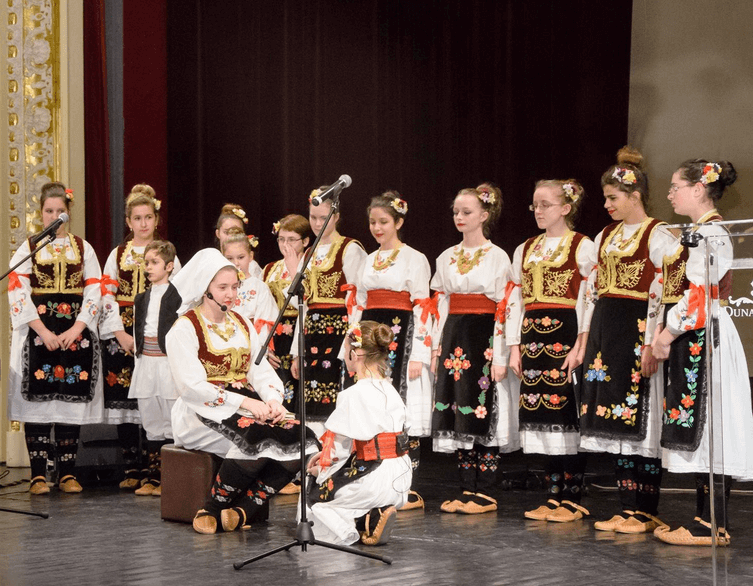
Something exciting is brewing in the heart of Central Europe, and if you’re planning to visit Budapest between September 2025 and summer 2026, you’re in for a cultural treat that goes far beyond the typical tourist experience. Hungary and Serbia have announced a joint cultural season that promises to transform the region into a vibrant showcase of shared heritage, artistic collaboration, and cross-border creativity.
When Two Nations Decide to Party Together
Picture this: two neighboring countries with centuries of intertwined history deciding to throw the ultimate cultural celebration together. That’s exactly what’s happening as Hungary and Serbia launch their joint cultural season, marking yet another milestone in what has become an increasingly strong partnership between these two nations.
The timing couldn’t be more perfect for visitors to Budapest and the wider region. From September 2025 through the summer of 2026, tourists will have the unique opportunity to experience not just Hungarian culture in isolation, but to witness the beautiful tapestry that emerges when two distinct yet interconnected cultures come together to celebrate their shared heritage and explore new artistic frontiers.
This isn’t just another diplomatic cultural exchange that happens behind closed doors. According to the Hungarian Ministry of Culture and Innovation, this collaborative season is designed to create bridges between communities through cultural events, bringing people together and demonstrating that Hungarian-Serbian cooperation extends far beyond official government meetings into the realm of everyday experiences and shared memories.
A Feast for the Senses: Where Tradition Meets Innovation
What makes this cultural partnership particularly fascinating for tourists is how it builds upon genuine historical connections while simultaneously opening new avenues for artistic exploration. The two nations share remarkable similarities in their folk music traditions, folk art motifs, and culinary arts – elements that have influenced each other for generations.
Imagine attending a concert in Budapest where Hungarian and Serbian musicians blend their traditional melodies, creating something that honors both heritage while producing entirely new sounds. Or picture visiting an art exhibition where contemporary artists from both countries interpret shared historical themes through modern lenses, offering visitors insights into how the past continues to shape present-day creativity.
The culinary aspect alone should have food-loving tourists planning their itineraries around this cultural season. Hungarian and Serbian cuisines share fascinating overlaps – from similar approaches to hearty stews and grilled meats to comparable traditions around bread-making and preservation techniques. During this joint cultural season, visitors might discover pop-up restaurants, food festivals, or collaborative dining experiences that showcase how these neighboring culinary traditions complement and enhance each other.
Beyond Entertainment: A Window into Regional Identity
For tourists interested in understanding the deeper currents of Central European culture, this joint season offers something truly valuable. The collaboration represents more than just shared concerts and exhibitions – it’s a statement about cultural values based on mutual respect for national identity while celebrating shared experiences.
The Hungarian Ministry of Culture and Innovation emphasizes that this partnership demonstrates how strong nations can work together to build a stronger Europe through cooperation rather than conflict. For visitors, this translates into experiencing a region that’s confident in its identity while remaining open to collaboration and cultural exchange.
Best deals of Budapest
This perspective offers tourists a refreshing alternative to the often homogenized cultural experiences found in more touristy European destinations. Instead of consuming pre-packaged “authentic” experiences, visitors during this cultural season will witness genuine cultural cooperation in action, seeing how two nations can maintain their distinct identities while creating something new together.
Economic Benefits That Enhance Your Visit
While the primary focus remains on cultural celebration, the joint season is also designed to strengthen economic ties between Hungary and Serbia. For tourists, this means improved infrastructure, enhanced transportation connections, and potentially more diverse accommodation and dining options as businesses on both sides of the border gear up to welcome increased visitor numbers.
The economic cooperation aspect might manifest in various ways that directly benefit tourists: perhaps improved train connections between Budapest and Belgrade, joint tourism packages that make it easier to explore both countries in a single trip, or collaborative marketing efforts that introduce visitors to lesser-known but equally fascinating destinations in both nations.
Planning Your Cultural Adventure
If you’re considering a visit to Budapest during this special period, you’ll want to keep an eye out for the diverse programming that this joint cultural season will offer. The collaboration aims to demonstrate that Hungarian-Serbian cooperation extends into daily life and shared experiences, suggesting that visitors will encounter these cultural connections in unexpected places throughout their stay.
Rather than being confined to major venues or special events, the spirit of this cultural partnership is likely to permeate various aspects of the tourist experience. You might find Serbian influences in Budapest’s café culture, joint art installations in public spaces, or collaborative performances in venues ranging from grand concert halls to intimate neighborhood theaters.
The beauty of this timing is that visitors won’t need to seek out special “cultural season” events to experience the collaboration. The entire atmosphere of the region during this period will be infused with the spirit of cross-cultural celebration and cooperation.
A Unique Moment in European Cultural History
What makes this Hungarian-Serbian cultural season particularly significant for tourists is its timing and context. In an era when many European collaborations feel bureaucratic or forced, this partnership appears to emerge from genuine shared heritage and mutual respect. The emphasis on building bridges through cultural events suggests programming that will feel organic and authentic rather than artificially constructed for tourist consumption.
For visitors interested in contemporary European culture and politics, witnessing this collaboration offers insights into how smaller European nations are forging their own paths while maintaining their distinct identities. It’s a masterclass in cultural diplomacy happening in real-time, with tourists as welcome observers and participants.
The joint cultural season represents something increasingly rare: a celebration of both national identity and international cooperation, demonstrating that these concepts need not be mutually exclusive. For tourists, this creates an opportunity to experience European culture at its most dynamic and forward-thinking, while still being deeply rooted in historical tradition.
As you plan your Budapest adventure for late 2025 or early 2026, consider that you’ll be visiting during a unique moment when two nations are actively celebrating their shared heritage while creating new cultural expressions together. It’s the kind of authentic, living cultural experience that no guidebook can fully capture – because it’s happening for the first time, right before your eyes.

